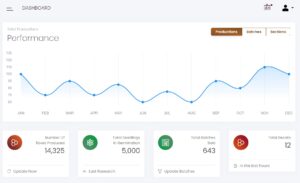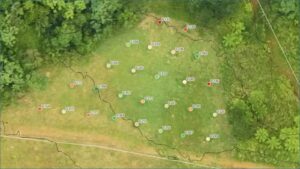On our last post we talked about how farm analytics is transforming agriculture and how to get started with farm analytics. For this reason, one has to ask on oneself what the farm analytics best practices are to follow.
As we discussed before, farm analytics help farmers make more informed decisions, save time and money, and have new business opportunities. To have all your farm data ready to use in a more friendly manner there needs to be an effort from both the farmer and the tech person.
Here is a more in-depth explanation of farm analytics best practices:
- Collect data:
The first step is to collect data. While this can seem like a daunting task as you might get the urge to collect every little detail but start small and create the habit. Take some time to think about what you need to know, how to find it out, and start with that. For more intensive operations, save time by using sensors and an automated capture platform. Use standardized forms for employees to efficiently log what’s going on in the field. - Data standardization:
Make sure to collect samples and readings consistently. For example, water table measurements can be done every day at the same time and ideally by the same person. If multiple people are going to perform a reading, make sure to have a standard operating procedure for the task and that everyone understands it. This will help later in the process, as any gaps will be easily spotted. - Data cleaning:
After identifying key metrics, the next step would be to find and patch gaps in the data. If you can confirm data by different constraints, it’s best to do so in order to find outliers and inconsistent readings. By ensuring that your data is complete and accurate you will have better trend-spotting and decision-making capabilities. - External data:
Bringing external data such as soil and plant tissue analysis results, weather, and up-to-date aerial imagery, you will improve your production forecasting and be empowered to identify potential threats to your operations. Agriculture is never a closed system; quite the contrary in most cases! Environmental context is key to understanding what is really going on. These external data can also help cleanup and patching of locally sourced data. - Data visualization and analysis:
Visualizing the data that you collect will help you add value to your farm’s operations and end products. This is probably one of the most important steps, as it is usually the only means we have for communicating what’s going on with other stakeholders.
Contact us! Guariké has a one-stop-shop solution that integrates farm analytics practices, and it’s only getting better — our solution is actively developed and constantly improved.



